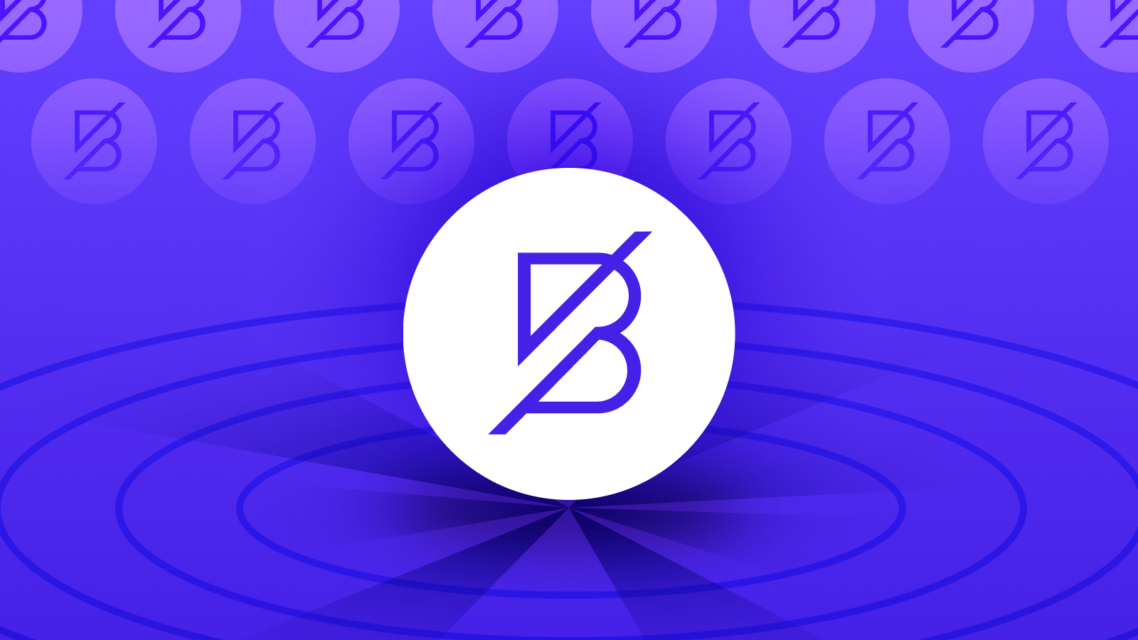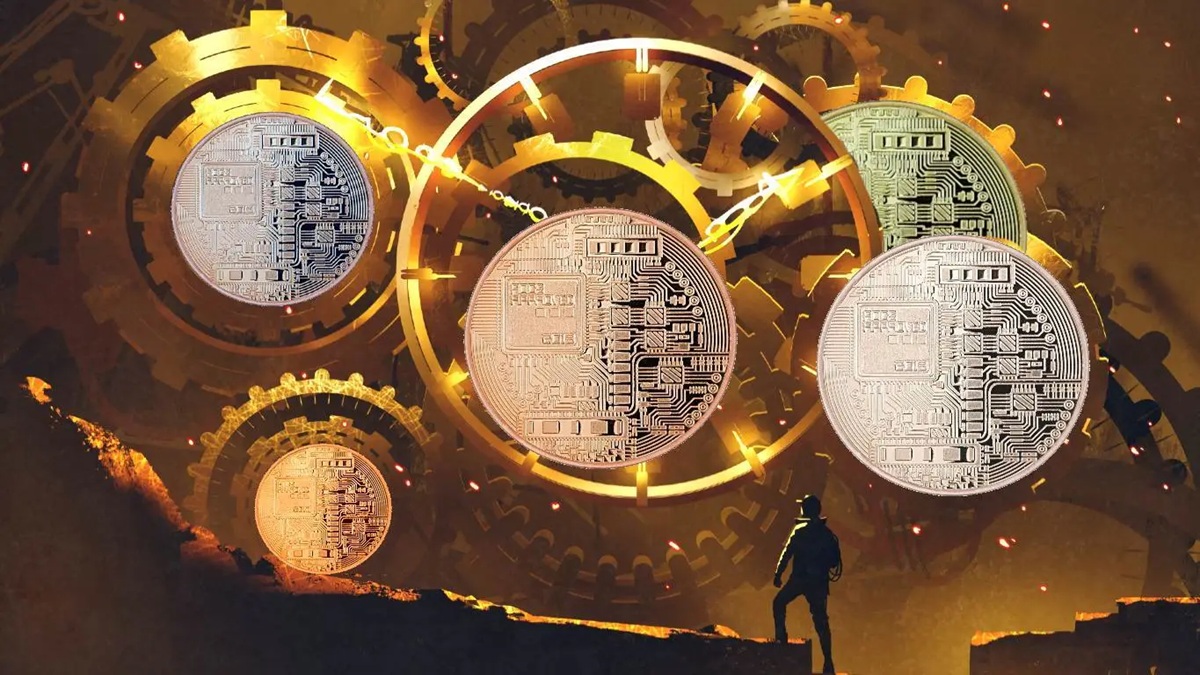Band Protocol is a project that connects all data worldwide to the crypto ecosystem. Adhering to a decentralized working principle, the project operates within the Cosmos Network.
What is Band Protocol?
Band Protocol is a decentralized oracle project that connects the world’s data to the blockchain ecosystem. It uses a public blockchain called BandChain, which allows any entity to request data from application programming interfaces (APIs) or other traditional web services.
Before discussing the details of how Band Protocol itself works, it is useful to familiarize yourself with its basic structure and the ecosystem in which the technology takes place. The project is part of the Cosmos Network, a network designed to create interconnected blockchain systems while functioning on blockchains including Ethereum. Band Protocol is built on the Cosmos SDK, uses Tendermint’s Byzantine Fault Tolerant (BFT) consensus mechanism, and can be connected to other blockchains via Cosmos’ Cross-Block Communication Protocol (IBC).

How Band Protocol Works
Band Protocol’s main focuses are speed and scalability, cross-chain compatibility, and data flexibility. Smart contract development is the cornerstone of the rapidly growing dApp and DeFi industries. The project aims to provide reliable data to a wide range of public blockchains with response times measured in seconds. Fast and accurate responses are needed to adequately support smart contract request data needs.
One of the main challenges arising from the siled nature of individual blockchain protocols is cross-chain communication. Band Protocol, a Cosmos-based project, has the ability to send its data to other blockchains via Cosmos’ IBC, an interoperable communication layer between different blockchain networks. It also supports custom one-way bridges that enable fast data transfer with blockchains not supported by IBC.
BAND tries to remain agnostic in the sense that it can accommodate different data formats and various methods of retrieving it. Some of the data the protocol needs to receive is accessible to anyone, but other data may be allowed, protected by central entities, or located behind a paywall. If the latter is true, the payment to the data source can be verified on-chain and validators requesting the data can be provisioned accordingly. Data providers can monetize their data by avoiding middlemen using Band Protocol’s on-chain payment agreement.
What is BAND Coin?
The Band Protocol network relies on the native cryptocurrency BAND coin to incentivize validators to generate new blocks, participate in consensus and respond to data requests. BAND itself is somewhat unique in that it features both an Ethereum-based iteration of the ERC-20 token, a relic of the protocol’s previous stages as an Ethereum-centric platform, and a newer form of the Band Protocol mainnet. The two are interchangeable at a ratio of 1:1, but only the newer mainnet token can be staked.
The best network participants with the most BAND stakes become BandChain’s validators. Those who do not have enough stakes to become validators themselves can instead become agents by transferring their stake to a validator of their choice. Authorizers, in turn, receive block rewards in proportion to their delegated BAND contribution relative to the total amount of BAND staked by the validator. Two percent of block rewards are channeled into a community funding pool to support community growth and ecosystem development. As is common with Proof-of-Stake (PoS) systems, the share of validators that misbehave or have too much network downtime can be cut off. Especially with Band Protocol, validators can also be hacked for not responding to data requests.
BAND uses an inflationary supply model to incentivize users to stake on the network rather than simply holding or exchanging BAND coins. The idea is that one’s BAND holdings must also increase in order not to lose value over time against an inflationary supply – the most effective way to do this is by participating in network activities and earning rewards. BAND’s annual inflation rate fluctuates from 7 percent to 20 percent, with regular adjustments made to maintain 66 percent of the total staked coin supply.

BAND Market Data
The BAND coin supply is 120 million units, with a market cap of $202 million. BAND highest ATH price was recorded at $22.83 on April 15, 2021. BAND lowest ATL price is $0.20 on 25 November 2019.
BAND coin also allows its holders to participate in protocol management. A network participant’s voting power is proportional to the amount of BAND they stake. Delegators are encouraged to participate in governance, and if they choose not to, voting powers are automatically assigned to the verifiers they authorize. Conversely, if a delegate votes, it overrides the assigned votes of the relevant validators, providing a balanced power dynamic between validators and delegates.
The current price of BAND is as follows:

Band Protocol (BAND)
BAND On Which Exchanges?
To buy Band Protocol, you first need to know the crypto exchanges where this coin is listed. Then you have to sign up for one of these exchanges. After logging into your account, you can choose the credit/debit card or bank transfer method to load the balance to the Wallet. After the balance is loaded, you can buy the desired amount of BAND and keep it in cold or hot wallets. Some of the cryptocurrency exchanges where BAND coins can be purchased are:
- Binance
- Coinbase Exchange
- KuCoin
- Kraken
- Bitfinex
- SushiSwap
- Bittrex
- OKX
- Huobi
- Gate.io
- Probit Global
- Poloniex
- bitget
- Binance UK
- Phemex
- Paribu
- bitrue
- BitMart
- XT.COM
- SuperEx





